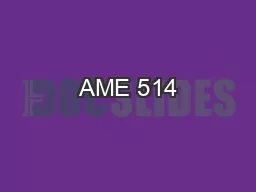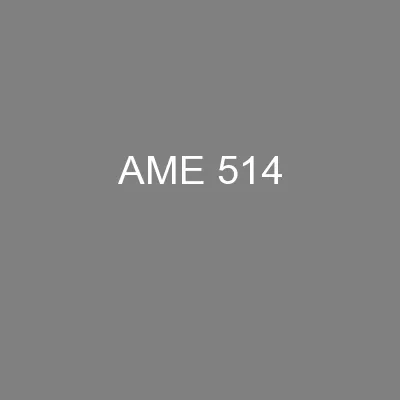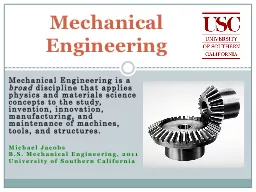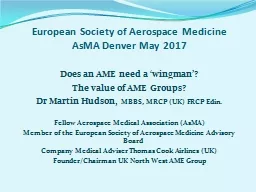PPT-A New Detection of Extragalactic AME
Author : natalia-silvester | Published Date : 2019-12-09
A New Detection of Extragalactic AME Eric J Murphy RadiotoFIR Spectrum of a Galaxy ν 08 ν 01 14 GHz 33 GHz ngVLA M51 Dumas et al 2010 20 cm14 GHz 36 cm83GHz H
Presentation Embed Code
Download Presentation
Download Presentation The PPT/PDF document "A New Detection of Extragalactic AME" is the property of its rightful owner. Permission is granted to download and print the materials on this website for personal, non-commercial use only, and to display it on your personal computer provided you do not modify the materials and that you retain all copyright notices contained in the materials. By downloading content from our website, you accept the terms of this agreement.
A New Detection of Extragalactic AME: Transcript
Download Rules Of Document
"A New Detection of Extragalactic AME"The content belongs to its owner. You may download and print it for personal use, without modification, and keep all copyright notices. By downloading, you agree to these terms.
Related Documents














